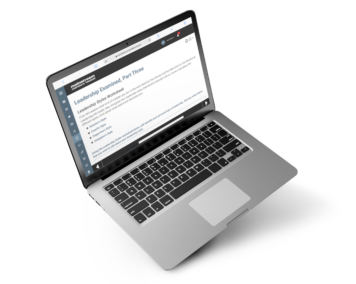27
Jan
5 reasons leadership training should be for all employees
Regardless of the myth that "leaders are born and not created," skills can be taught and improved through leadership training. Developi...
Creative thinking and innovation are vital components in both our personal and professional lives. However, many people feel as though they are lacking in creativity. What most of us do not recognize is that we are creative on a daily basis, whether it’s picking out what clothes to wear in the morning or stretching a tight budget at work. While these tasks may not normally be associated with creativity, there is a great deal of creativity involved to get those jobs done.
While some people seem to be simply bursting with creativity, others find it a struggle to think outside the square. If you fall into the latter category, it is important to understand that boosting your creative and innovative abilities takes practice. Recognizing and honing your own creative potential is a process. That’s what this two-day workshop is all about.


This two-day workshop will teach participants how to:
The first session will go over basic financial terms. Then, participants will explore their role in company finances as well as important players in an organization’s finances. To wrap up the session, participants will receive some resources for learning about the governing organizations in their area.
Next, participants will learn about the four phases of the accounting cycle. They will also learn about key underlying concepts, including cash vs. accrual methods of accounting.
In this session, participants will take a close look at balance sheets and income statements. They will also review cash flow statements and statements of retained earnings. The session will conclude with a review activity.
This session will explain the chart of accounts and single vs. double entry accounting.
Day Two will start with a review exercise and an introduction to some additional financial terms.
This session will de-mystify two terrifying accounting terms: debits and credits.
This session will give participants some sources for financial data as well as tips on weeding out useless information. We’ll also cover how to calculate common ratios, how to read an annual report, and some useful decision making tools.
In this session, participants will learn about some guidelines for identifying high and low risk companies. Then, they will practice these guidelines in a case study.
Next, participants will learn what a budget is, how their budget should fit into the big picture, and what the budgeting process should look like.
This session will give participants a basic checklist of computer skills required for success. We’ll also talk about how to choose an accounting package.
Dealing with finances isn’t all numbers. What if an employee’s expense report doesn’t look correct? Or what if you have to make cuts to someone’s pay? Participants will examine each situation in small groups, and then provide some tips on what to do.